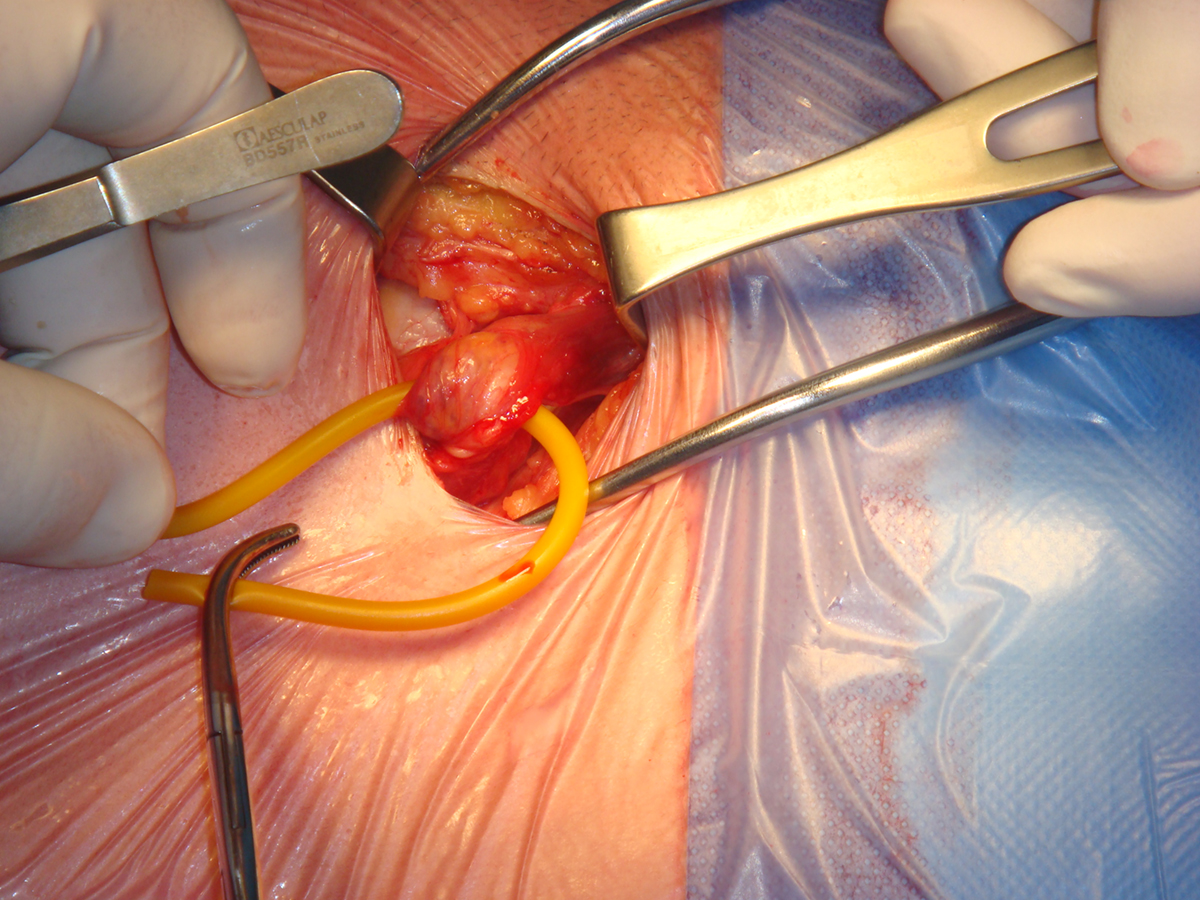
Hernia can be described as a defect of the abdominal wall and it can be obtained by birth or later in life. It allows the passage of the surrounding tissue through the abdominal wall. Each hernia has a so-called hernia window (weak spot in the abdominal wall), hernia content and hernia membrane. Factors that contribute to the creation of hernia are gender, age, obesity level, all conditions that have coughing, sneezing etc, conditions that result in the weakened muscles and we should also mention dysfunction of the collagen metabolism. Hernia content includes all organs that can pass through hernia window and most commonly, those are the organs that are located close to the hernia window or those are mobile parts of digestive tract (duodenum or parts of the colon).
About inguinal hernias
Hernia can be external or internal, depending on the visibility of hernia itself, and about 90% of external hernias are inguinal hernias. Indirect inguinal hernia is the most common hernia of the abdomen, and it happens in men ten times more often than in women. Etiological factors for this condition include an increased pressure in the abdomen that pushes the abdominal organs towards hernia window, which is, in this case, located in inguinal area.
If this type of hernia becomes large, it can lower further towards the testicles in men. If it is really big, it can continue towards the knee and pull all the abdominal organs with it. Inguinal hernia is visible in the inguinal area, which is the first of several inguinal hernia symptoms, and also, hernia is visible and palpable during coughing, sneezing and bending. In some cases, hernia content can return back through the hernia window. Quite often, double hernia situation can happen, with two hernias positioned one next to another.
Direct inguinal hernia is not such a common condition. It usually affects older men, and it is always something that is acquired during life, not a hereditary condition. Because of the wide hernia window, a lot of content can pass through and stay there, which can lead to necrosis of that tissue and might end tragically for the patient. The third type of inguinal hernia is femoral hernia. This type is, unfortunately, characterized by necrosis process.
Treating hernia
Treating hernia is always done with a surgery, no matter if a child or an adult is in question. Only when surgery is not an option because of some medical obstacles, tools for pressing the hernia content back are used.


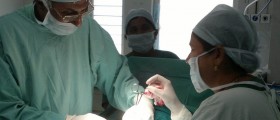

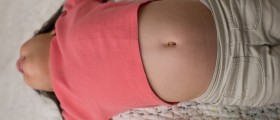




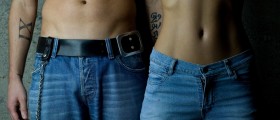



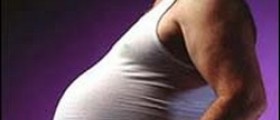


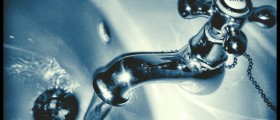
Your thoughts on this
Loading...